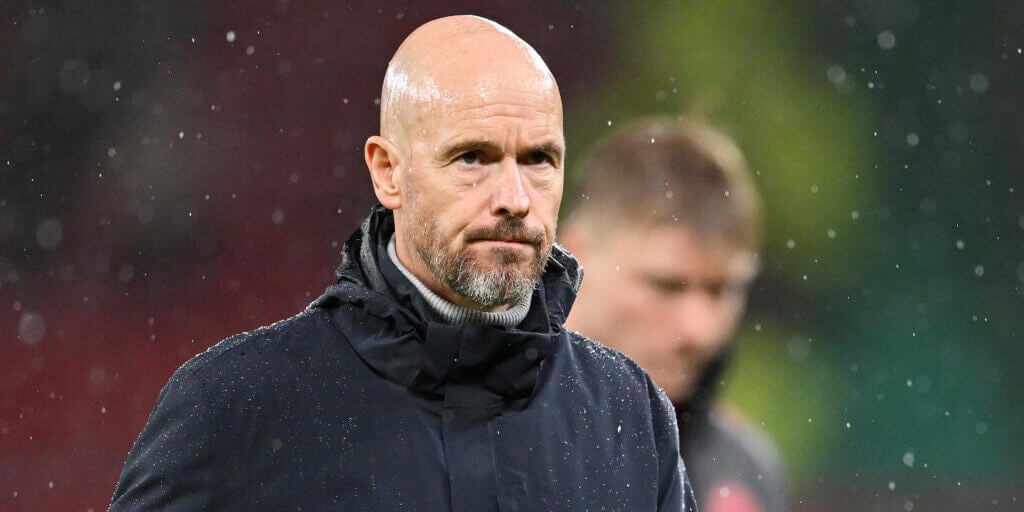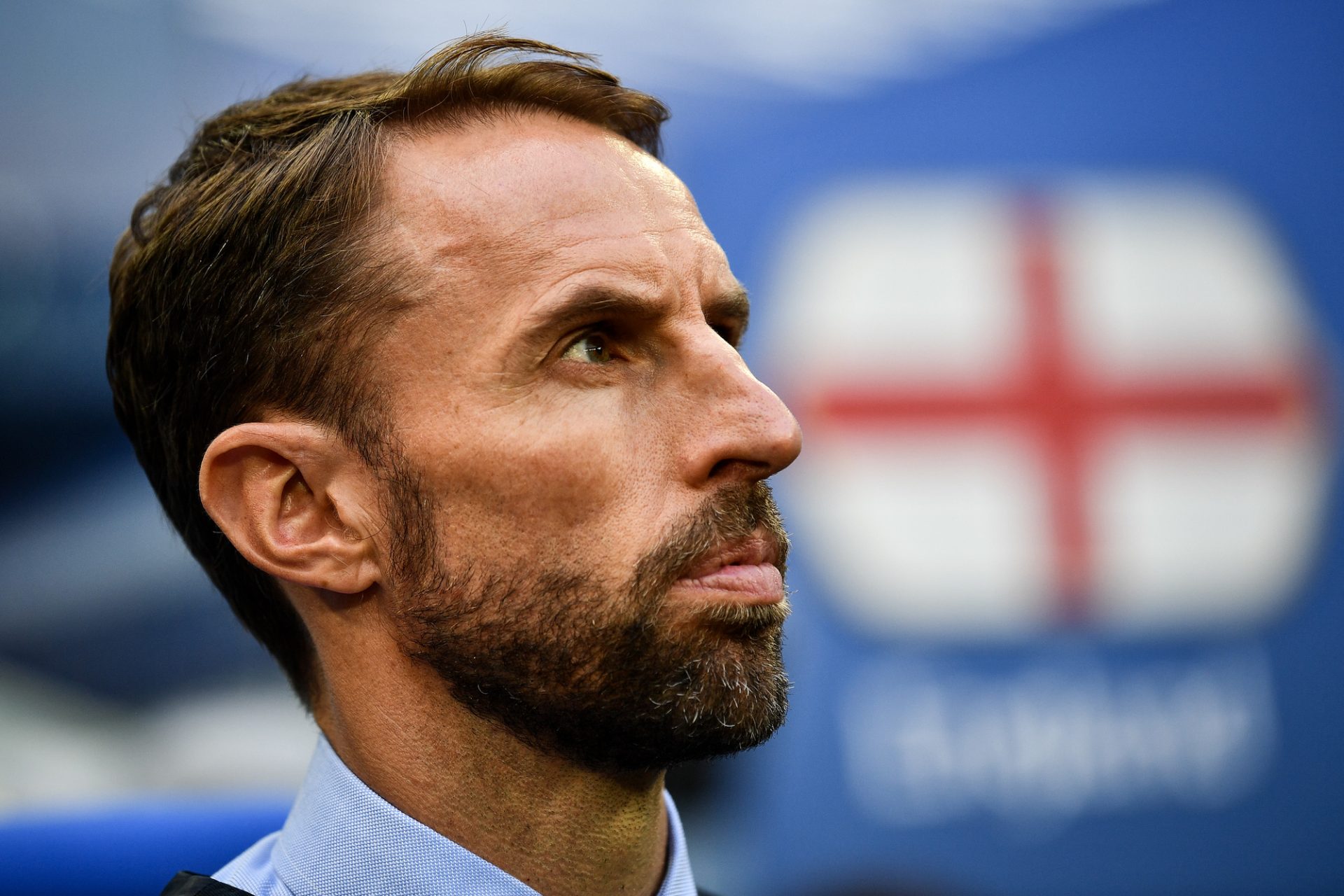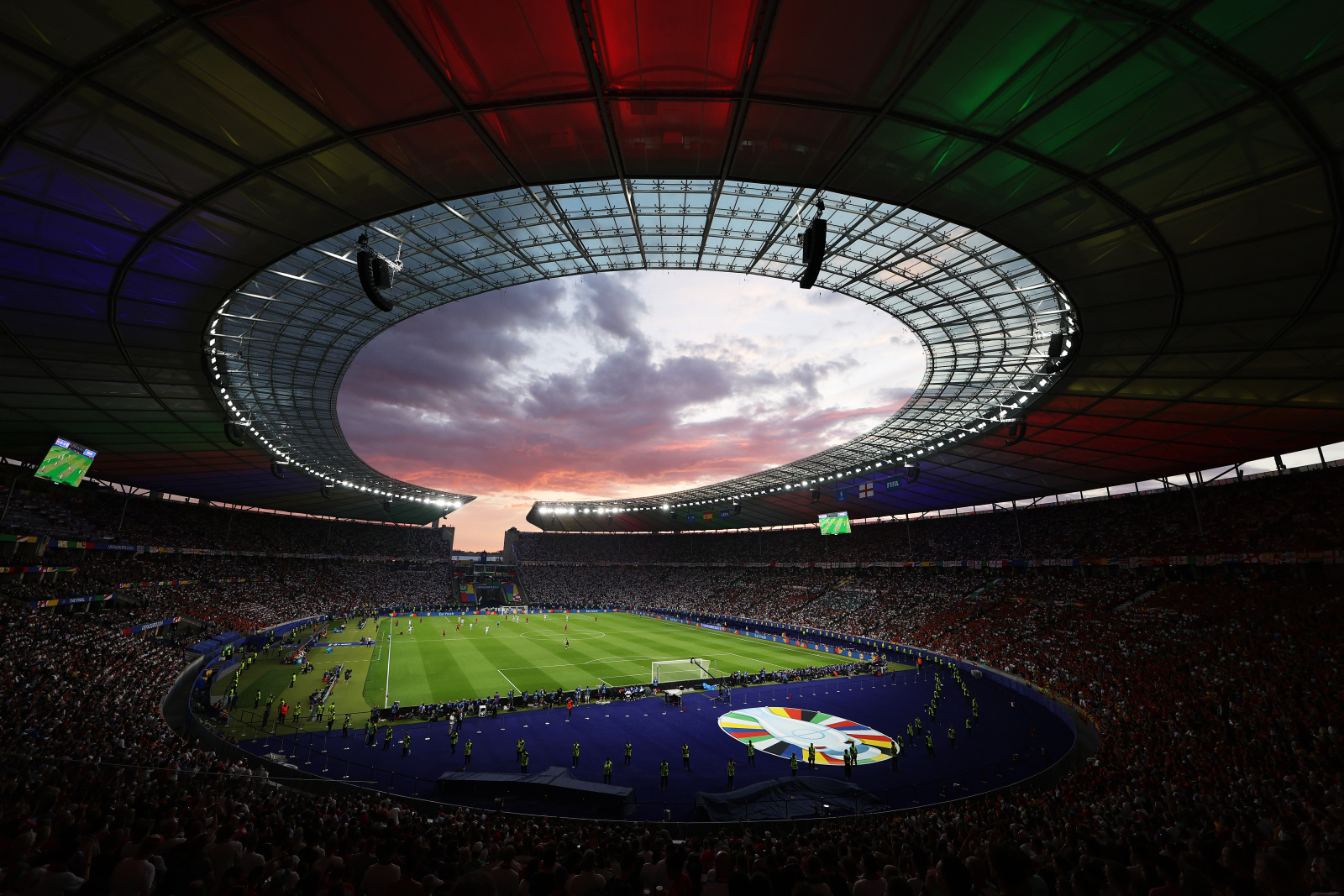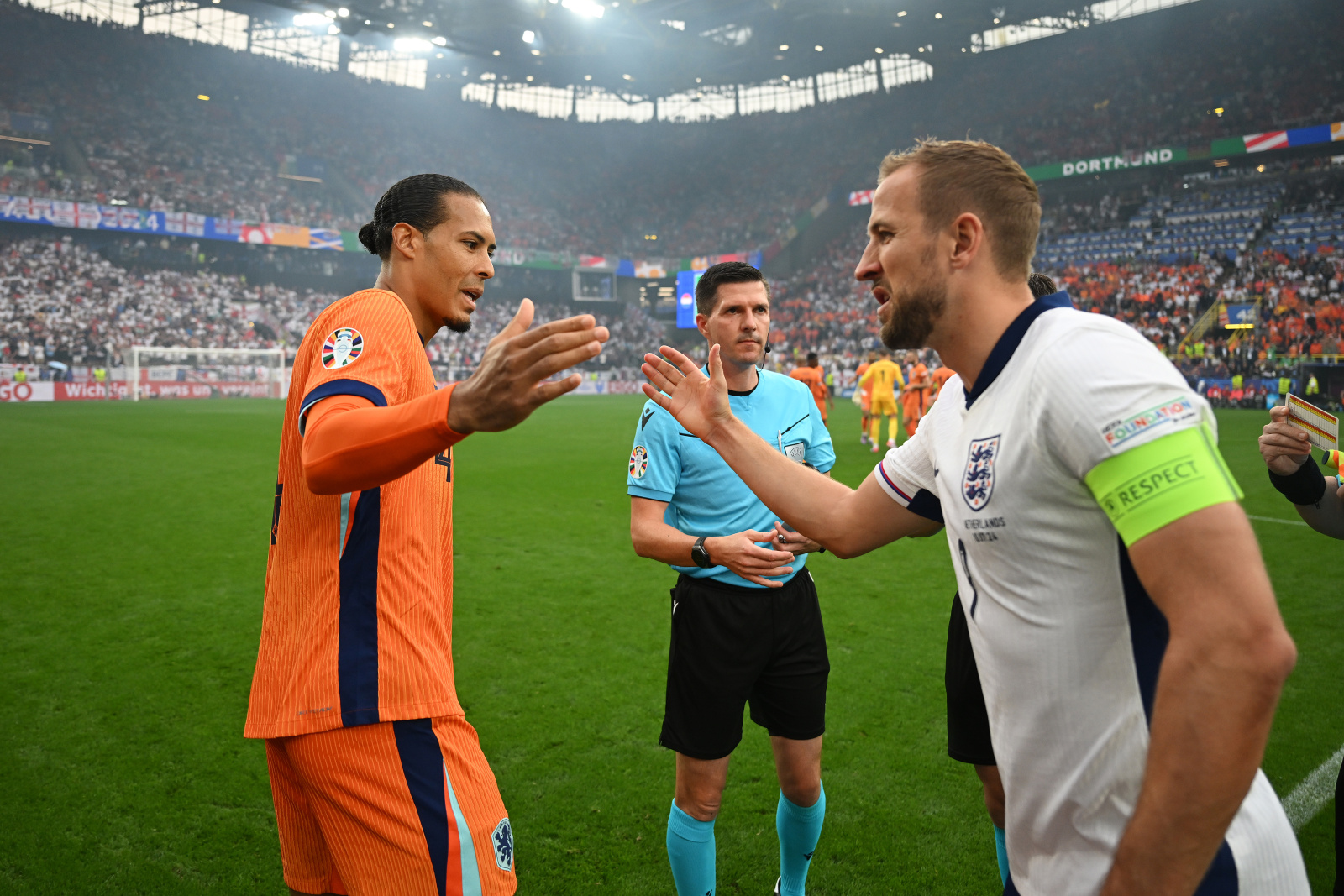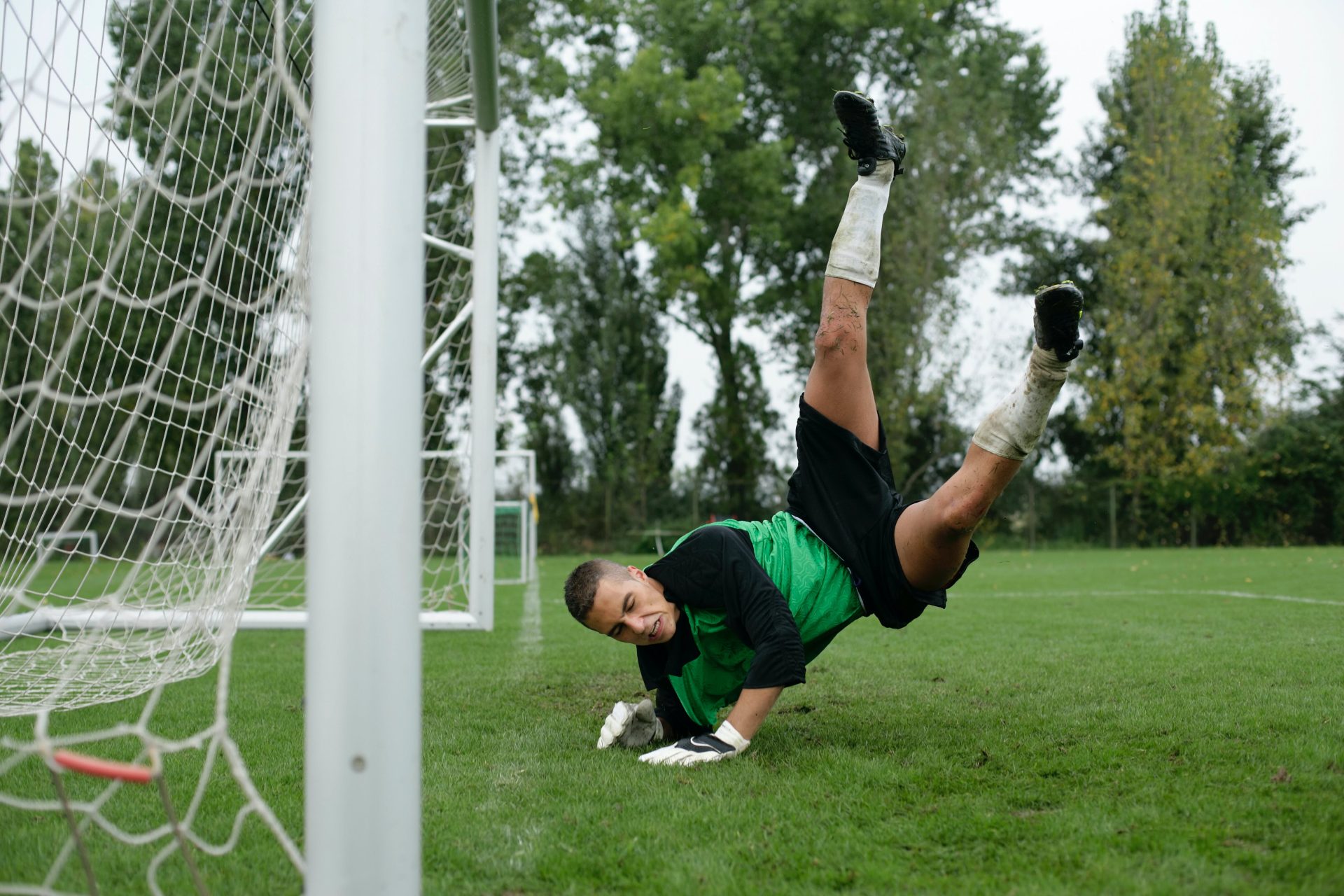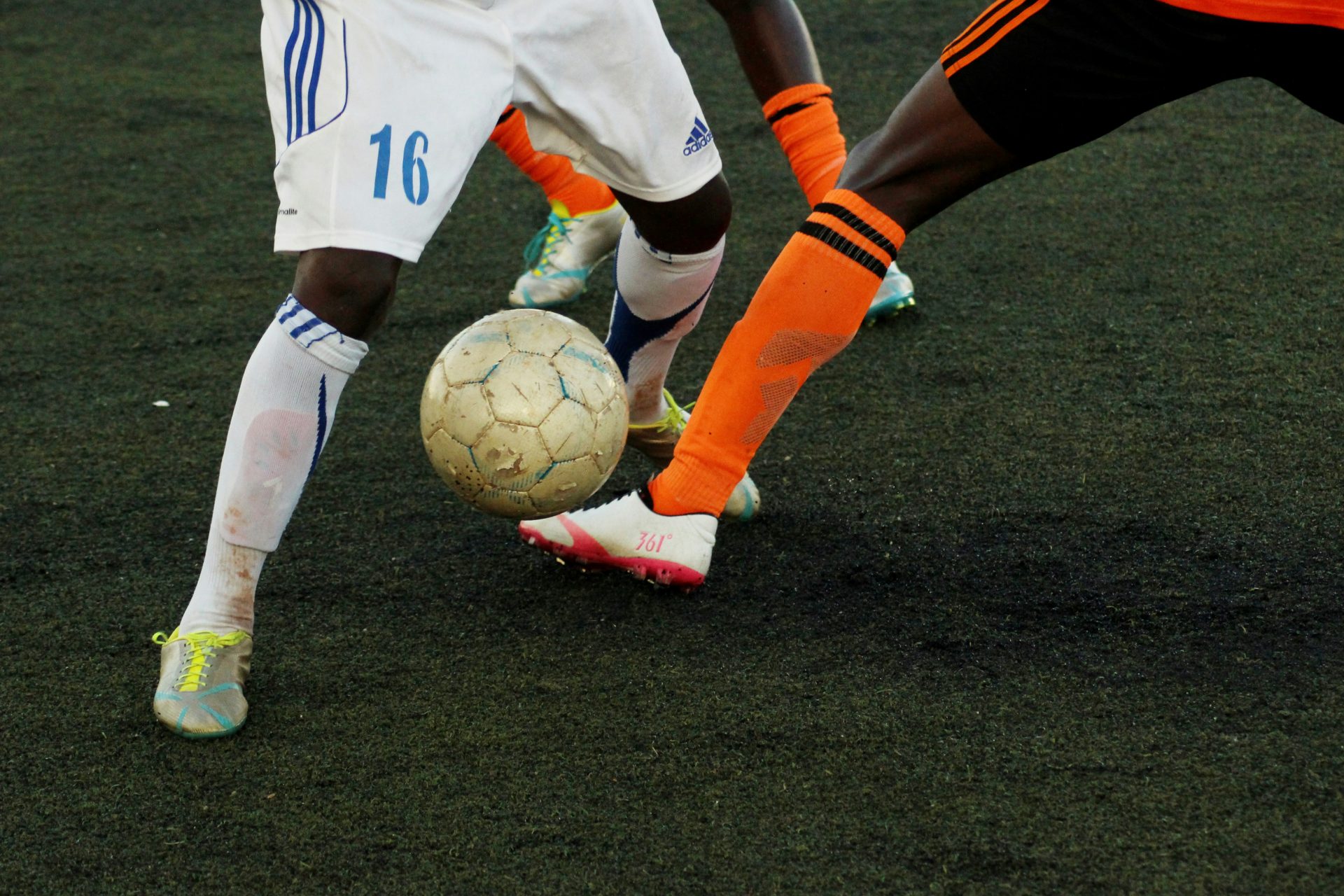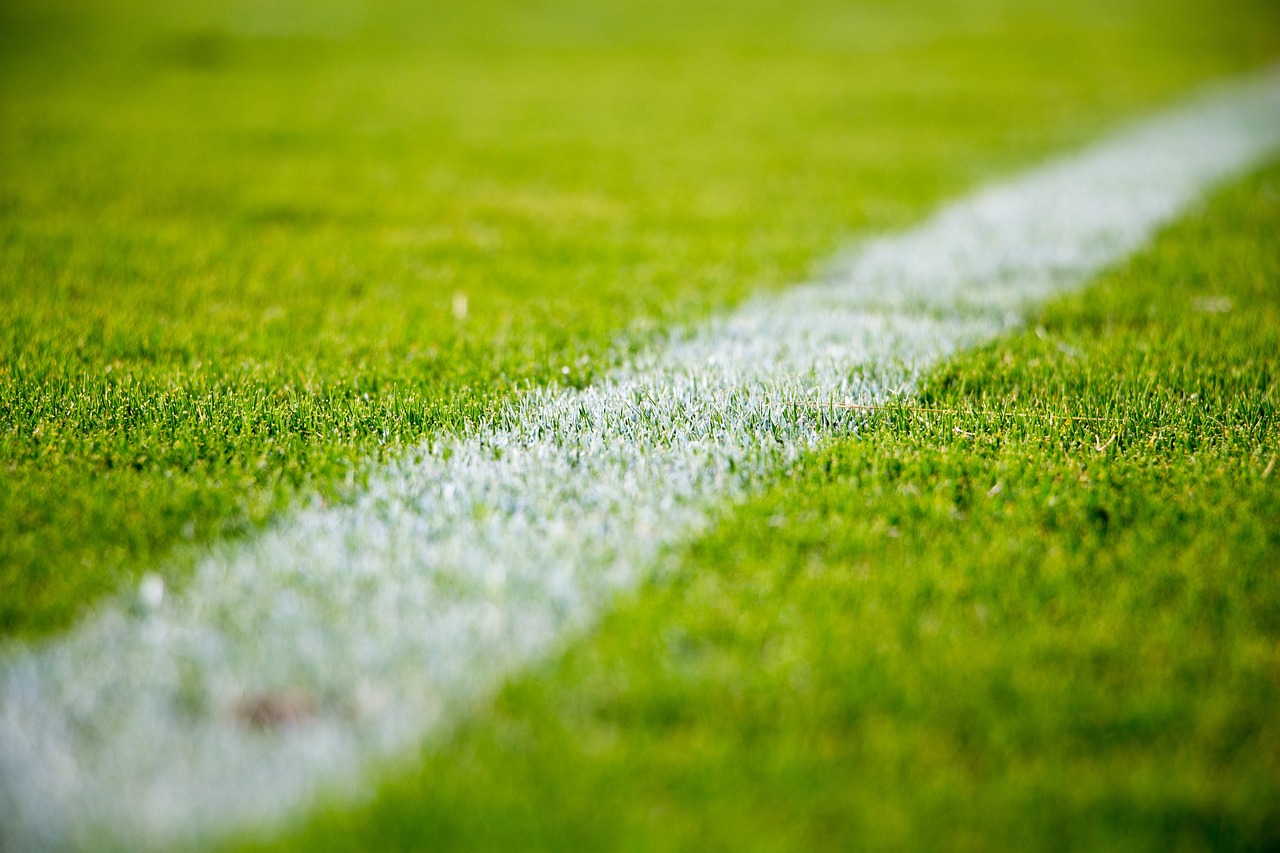What Does OMF Mean in Soccer?


Table of Contents
In the realm of soccer, various positions are denoted by specific abbreviations to simplify communication and understanding. One such acronym players and fans frequently encounter is “OMF,” which stands for “Offensive Midfielder.” Typically, this player serves as a critical bridge between the defense and the attack, tasked with both creating scoring opportunities for forwards and contributing to the team’s defensive efforts.
The role of an offensive midfielder is pivotal within a team’s formation because they have the responsibility to support both ends of play. They must possess exceptional ball control, vision, and a knack for making decisive passes. It’s the blend of creativity and tactical awareness that makes offensive midfielders crucial in turning defense into attack and keeping the opposing team off balance.
While to the uninitiated the term “OMF” might seem esoteric, in soccer circles it is used routinely to describe this central position. An offensive midfielder often threads the needle with precise passes to forwards and is vital for maintaining possession in the opposition’s half of the pitch. Their position and role within the team’s strategy makes them among the most versatile and influential players on the field.
OMF in Soccer Terminology
In soccer, the term OMF refers to an Offensive Midfielder, a dynamic role that blends the creative aspects of a midfield position with the attacking threat of a forward. This section explores the specific responsibilities and impact of the OMF in a soccer team’s strategy and gameplay.
Positional Role of OMF
The OMF is strategically placed between the midfielders and the strikers, acting as a bridge between defense and attack. In a typical formation, their position can be seen as central to the attacking phase, often linking up play with the attacking midfielder (AM) and forwards (F and ST). Within the sport’s lexicon, the OMF has a crucial role:
- Creating Opportunities: By providing through balls and key passes to enable goal-scoring chances.
- Ball Retention: Using technical skills to maintain possession and control the game’s tempo.
OMF’s Influence on Play
An OMF greatly impacts a soccer match through their influence on the ball and off it. Here’s how:
- Spatial Awareness: They often exploit spaces to receive the pass (sc) or drive the ball forward.
- Direct Involvement in Goals: They frequently contribute with assists (a) and, at times, by scoring themselves (sc).
Crucially, the OMF is expected to execute both defensive and offensive duties, embodying the versatility of modern soccer. Whether in football clubs or international teams, the OMF proves indispensable in linking various parts of the team to orchestrate coherent and effective plays.
Strategic Formations and OMF
In soccer, the term “OMF” refers to the Offensive or Attacking Midfielder playing in a central role. This position is pivotal in linking the defense with the attack, and it often dictates a team’s offensive dynamism. Strategic formations that include an OMF are designed to capitalize on the creativity and vision these players offer.
Common Formations Featuring OMF
Many soccer formations incorporate an OMF to enhance attacking potential. The 4-3-3 formation, for instance, may include an OMF as part of the three midfielders, positioned ahead of the CM (Central Midfielder) and DM (Defensive Midfielder). Similarly, in a 4-4-2 setup, a team may opt for a diamond-shaped midfield with the OMF at the apex, supporting the two forwards. The presence of an OMF can offer flexibility, allowing teams to switch between attacking and defensive postures fluidly during a match.
OMF’s Role in Attacking Strategies
An OMF shines in attacking strategies, often being the player who orchestrates offensive plays. In formations like the 4-3-3, the OMF is responsible for linking up with the CF (Center Forward), LWB (Left Wing-Back), and RWB (Right Wing-Back), providing through balls, and crafting opportunities to increase the total goals scored. Their vision allows them to exploit spaces in the opposition’s association, and can often lead to securing a decisive free kick or corner kick. In the landscape of Major League Soccer and pro soccer, an effective OMF is a key component in a team’s arsenal, aiming to achieve promotion and not just a clean sheet.
OMF’s Role in Defensive Situations
Defensively, the OMF’s responsibilities may be less emphasized, but they play a crucial role in pressing the opposition and disrupting their play. In circumstances where the team loses possession, the OMF must quickly transition to apply pressure on the opposition’s central defenders (CD) or midfield. This role is vital in a division where teams frequently contest the goal line, and preventing goals against (GA) can be as important as scoring. An OMF who excels in defensive duties can help maintain a clean sheet, contributing to the team’s defensive solidity, and is especially valuable in youth soccer where instilling a complete skill set is crucial.
Impact of OMF on Professional Soccer
In professional soccer, the Offensive Midfielder (OMF) role is crucial as it often serves as the connecting point between defense and attack, contributing to the team’s points (pts) and overall success in competitions such as UEFA and AFC.
Notable OMF Players and Legacy
Historically, the role of OMF has been personified by players who have left a significant legacy in soccer. They are instrumental in orchestrating plays, often leading to an aggregate score that can determine the outcome in knockout stages of competitions. Notable OMFs have the ability to change the course of a match and are frequently the difference-makers when it comes to achieving a draw or a victory.
OMF players may significantly contribute to a club’s (fc) achievement, whether it’s in domestic leagues or continental tournaments such as the UEFA Champions League. Their performance can lead to accruing valuable points in league play or being the deciding factor in the aggregate score during the knockout rounds.
Moreover, the international impact of a high-caliber OMF is evident when they earn a “cap,” which is an appearance for their national team in international play. Their influence in crucial tournaments like the UEFA European Championship or AFC Asian Cup can dictate their nation’s fortunes.
What Does OMF Mean in Soccer? Frequently Asked Questions
In soccer, an Offensive Midfielder (OMF) plays a critical role in a team’s attacking strategy, bridging the gap between midfield and forward positions. This section aims to provide clarity on what being an OMF entails and the expertise required to excel in this role.
What are the responsibilities of an offensive midfielder in soccer?
An offensive midfielder in soccer is responsible for creating scoring opportunities by delivering precise passes to the forwards, maintaining possession, and sometimes scoring goals themselves. They are pivotal in initiating attacks and supporting forward players.
In soccer, what distinguishes an offensive midfielder from other positions?
The offensive midfielder is distinct from other positions due to their primary focus on advancing the ball in the attack. Unlike defensive midfielders, they prioritize offense and are often positioned higher up the pitch, closer to the strikers.
What skills are most important for an effective offensive midfielder?
For an offensive midfielder, key skills include accurate passing, vision to see through defenses, dribbling to evade opponents, and spatial awareness. Mastery in these skills allows them to orchestrate plays and connect the defense with the attack.
How does an offensive midfielder contribute to a passage of play?
During a passage of play, an offensive midfielder contributes by dictating the tempo, finding and exploiting space in the opposition’s defense, and assisting in ball control through the midfield. They often serve as the pivot for transitions from defense to offense.
Can you explain the tactical significance of the offensive midfielder position?
Tactically, the offensive midfielder position is significant because it serves as a team’s creative hub. OMFs often have the tactical freedom to roam and find space, linking play and providing the attacking impetus for their team.
What are some common drills or practices for improving as an offensive midfielder?
Common drills for an offensive midfielder include practicing quick one-touch passing, working on shooting accuracy, and agility exercises that improve quick changes in direction. Small-sided games can also help in sharpening awareness and decision-making.

